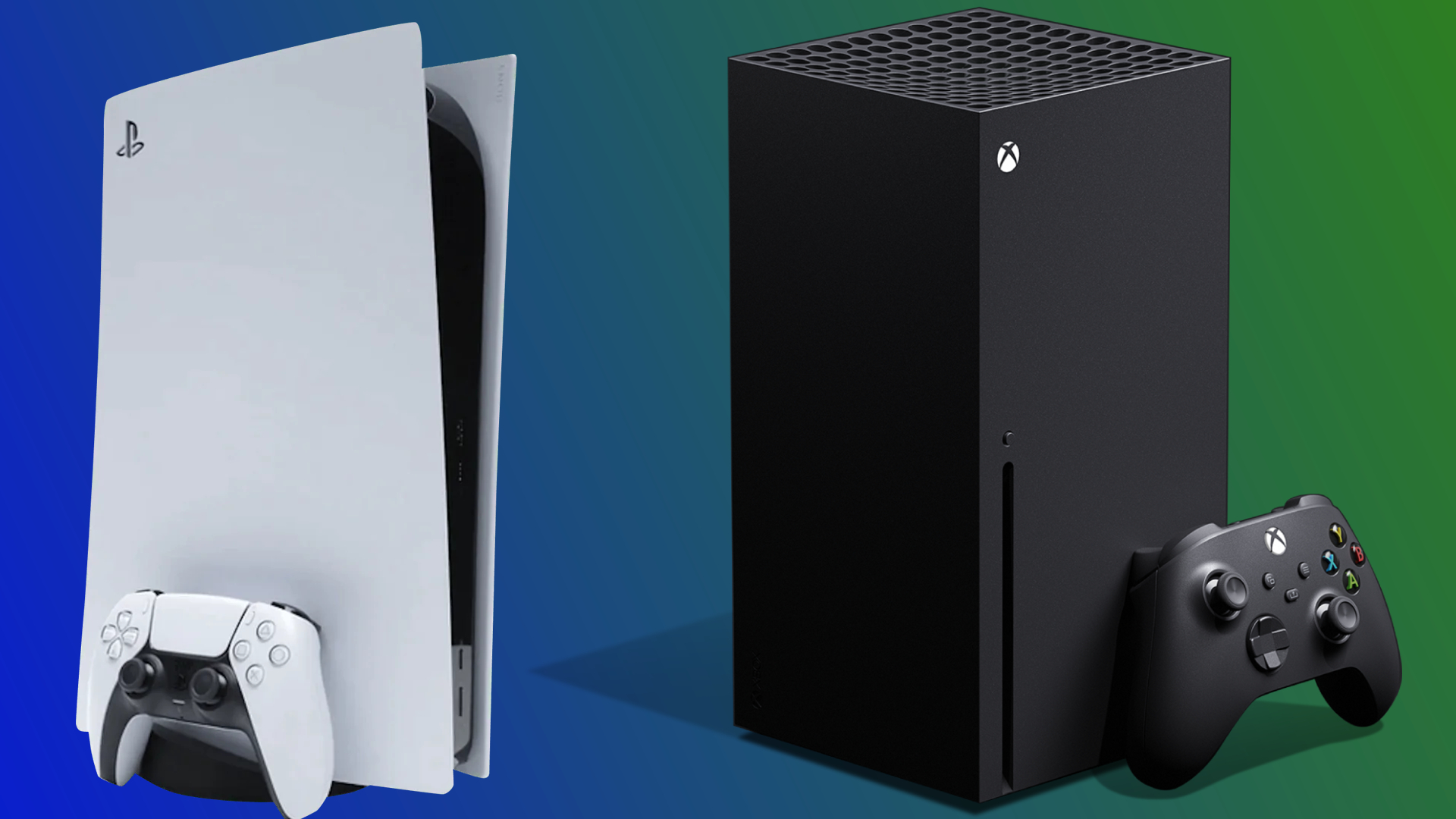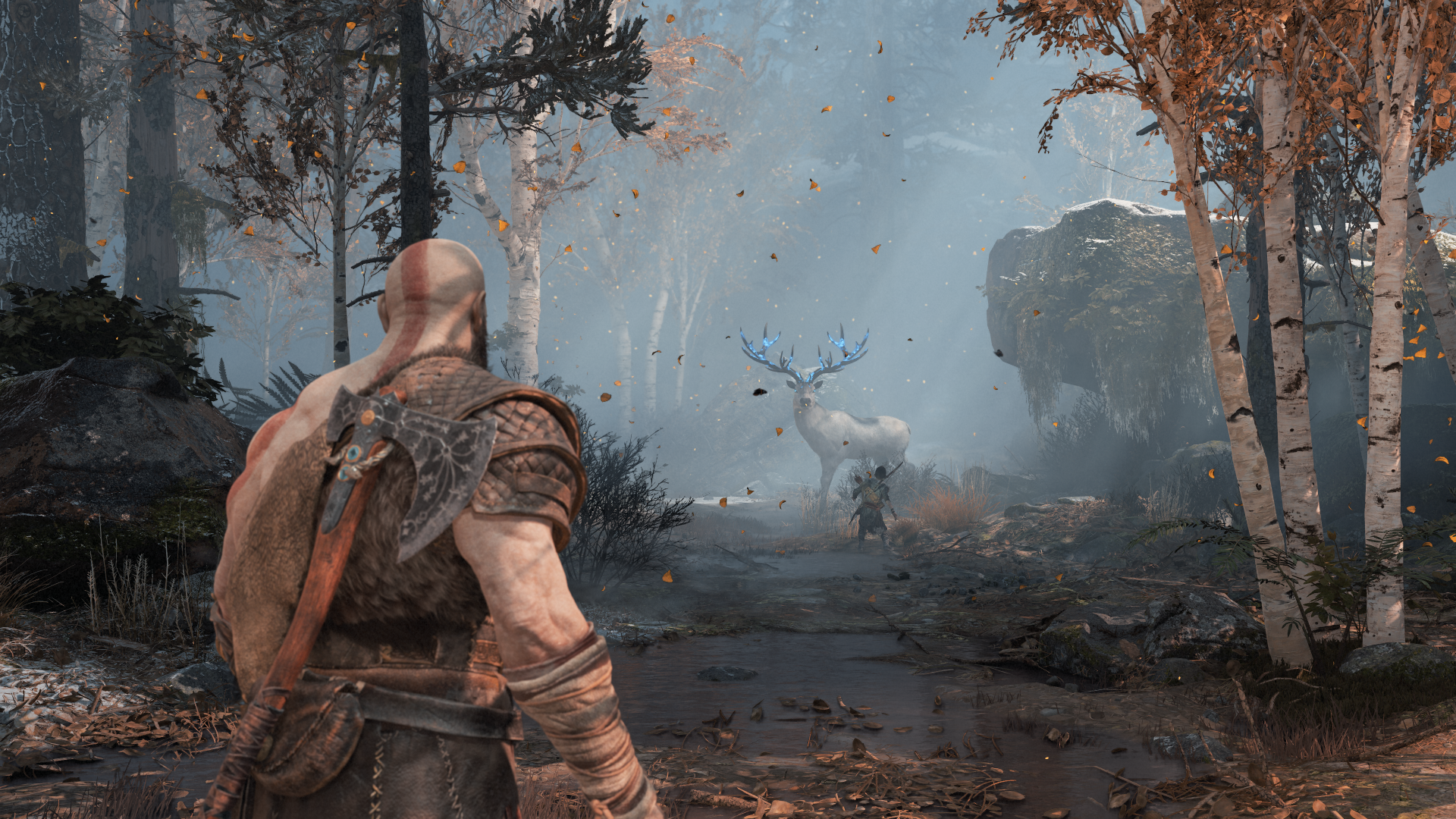It's time to stop holding the Xbox Series X and PS5 back with cross-gen games
Let the past die

It’s been a turbulent few years for the Xbox Series X and the PS5 since their release. But now, well into 2023, console shortages, once rife, are no longer what they once were. It’s now possible in regions such as the US, the UK, and Australia to walk into a store and pick one up off the shelves or order one online. So it’s time we let the Xbox One and PS4 die.
Cross-generation compatibility is nothing new in the modern era of video game consoles. Generally speaking, we see support for the older boxes for a transitional period of around two to three years before developers focus on the here and now. With the Xbox Series X and PS5, we’re seeing games being held back by the need to run on last-gen tech.
It’s worth remembering that the Xbox One and PS4 are rapidly approaching being a decade old. Their custom-made AMD GPUs, the Durango and Liverpool, are struggling with modern games. You can see it in the performance of first and third-party titles which see releases across both generations of hardware.
Take God of War Ragnarok running on PS4, for instance. It’s able to just about maintain 30fps when running at 1080p. The same can is true of Horizon Forbidden West which has a capped framerate of 30fps and uses a dynamic 1080p (not native Full HD) to keep the game chugging along at a playable standard. These are far from the ideal circumstances to enjoy big-budget blockbuster titles.
Some of the best Xbox Series X games are held back, too. While Microsoft can boast few exclusive titles, you only have to look so far as Elden Ring, which can barely maintain 30fps with frequent framerate drops and stuttering to see the problem. It’s clear that the performance isn’t acceptable.
The impact of legacy

The Xbox Series X and PS5 are incredibly powerful consoles that feature superfast NVMe SSD technology, ray tracing, and support for 4K visuals at up to 120fps. Before the launch of the current generation, there was a massive gap between high-end gaming PCs and consoles; now I believe it’s just as true with the Xbox One and PS4 compared to the latest and greatest.
Console parity is the idea that developers deliberately underutilize graphical fidelity and raw performance to match what weaker machines can do. It ensures that you get the same fundamental experience on one platform as any other – barring reduced visuals, loading times, resolution, and framerate, the game is functionally identical. But, it means there is less reason for developers to lean into new technologies only supported on the most modern consoles. Why spend development resources on advanced lighting techniques like ray tracing when millions of gamers are playing on tech that can’t support it?
Get daily insight, inspiration and deals in your inbox
Sign up for breaking news, reviews, opinion, top tech deals, and more.
It’s not hard to see why developers and publishers continue to support the Xbox One and the PS4, according to the Worldwide PS4 Hardware Unit sales, by March 2022 Sony had sold 117.2m PS4s. By July of that year, according to a Statistica report, Microsoft had sold 50m Xbox Ones. There is clearly a large audience with access to that older tech.
However, the PS5 and Xbox Series X launched back in November 2020 and are the main focus for both companies. If the time and resources spent dedicated to pumping out borderline acceptable ports on older machines could instead be spent on making new releases stand out, then we could see what the best gaming consoles are really made of. In my opinion, they haven’t quite hit their stride yet, as we’re ultimately only getting slightly prettier versions that run at higher framerates and bigger resolutions. Hopefully, in the not-too-distant future, we’ll see what’s possible with this technology.

Formerly TechRadar Gaming's Hardware Editor, Aleksha McLoughlin is now a freelance writer and editor specializing in computing tech, video games, and E-commerce. As well as her many contributions to this site, you'll also find her work available on sister sites such as PC Gamer, GamesRadar, and Android Central. Additionally, more of her bylines can be found on Trusted Reviews, Dexerto, Expert Reviews, Techopedia, PC Guide, VideoGamer, and more.